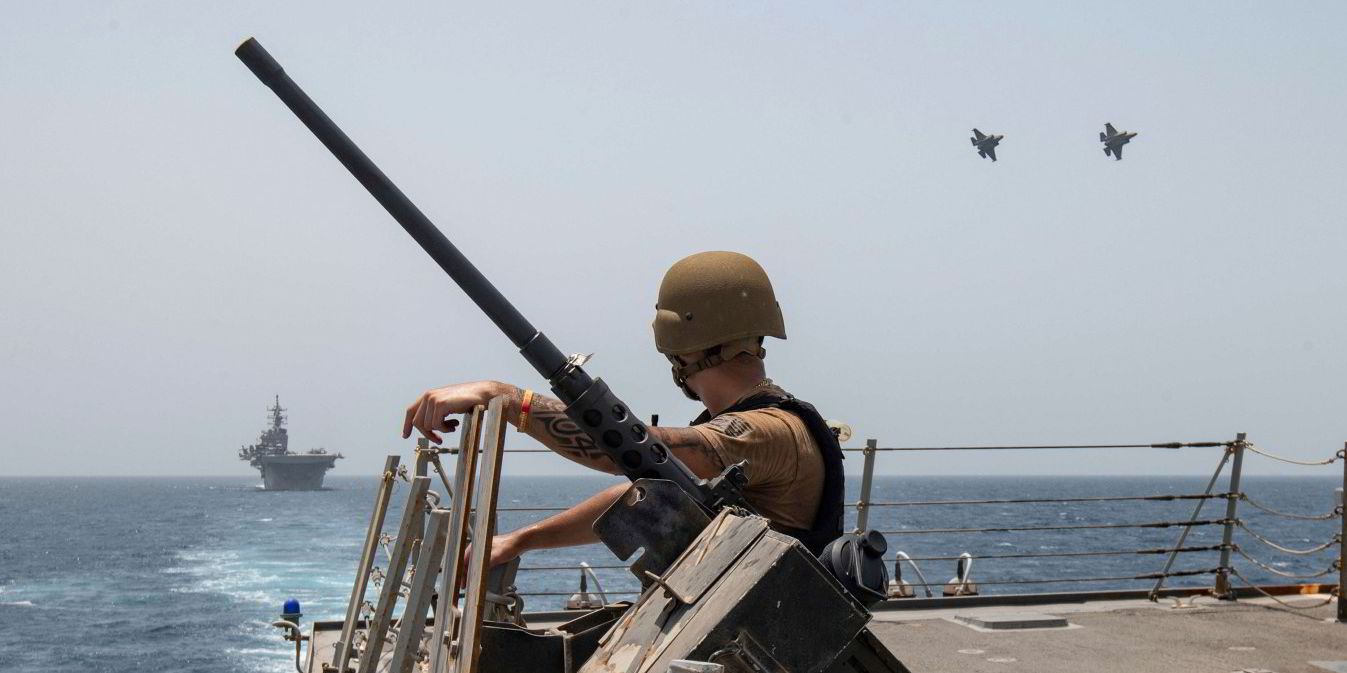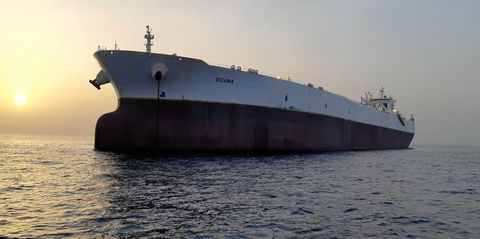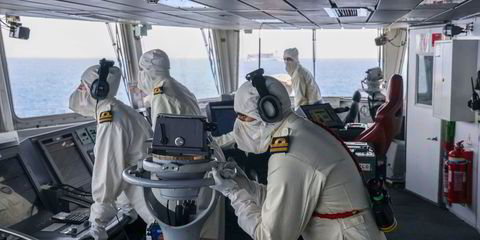The resurgence of VLCC ordering is unlikely to knock the sector’s gradual recovery off track, with an ageing fleet set to outweigh new deliveries, says Tankers International.
The orderbook for the largest crude carriers has doubled in the first three months of this year but that comes after a long sparse period for newbuildings, the pool operator added.
“Historically an expansion of this scale would pose a huge disruption to the freight market outlook,” it said. “However, the orderbook-to-fleet ratio remains historically low even with the addition to the orderbook.”
More than 50 VLCCs are due to be delivered over the next five years, but that compares with more than 200 that will reach the age of 20 years or more over the same period, Tankers International said in a new market outlook.
“This means the potential for fleet exits by far exceeds additions,” the sector specialist said.
The Charlie Grey-led London operation said the market is set to build on a “solid foundation” this year with the upheaval of trade routes benefiting the market.
Amid signs of the bottoming out of VLCC rates, the sector has benefited from geopolitical turmoil and broader structural changes in the market.
Demand for crude oil this year will be driven largely by Asian nations, while growth in supply will come from non-Opec producers the US, Guyana and Canada, according to the International Energy Agency.
That will mean longer voyages, with Opec nations maintaining production cuts to bolster oil prices, which topped $90 per barrel for Brent crude on Tuesday.
“The VLCC freight market looks set to continue to build on the solid foundation of cargo volumes that has persisted from last year and into this year,” said Tankers International, which has a pool of 37 VLCCs.
“The geographical mismatch between where oil demand is growing and where new supply will arise will continue to add to the tonne-mile equation and to the demand for VLCC tonnage.”
Time charter equivalent VLCC rates were marginally up on Monday to $41,320 per day, according to the Baltic Exchange.
That was lower than the peak of more than $65,000 per day in February, but they have remained consistently above $40,000 per day this year.
Tonne-mileage has been helped by most of the six to eight liftings from the Middle East to Europe avoiding the Red Sea and rerouting around the Cape of Good Hope because of the Houthi attacks on shipping. This has added around 15 days to laden voyage times.
Clarksons reported last week that tanker markets could continue strengthening this year and next, bolstered by low fleet growth. It said the barrels shipped from the Atlantic support “a thriving tanker market”.
New York-listed tanker company DHT Holdings also reported an increase in VLCC spot rates in the first quarter.
In the longer term, the sector is grappling with the potential for peak oil demand by 2030 owing to the rise of electric-powered cars and global decarbonisation, according to IEA forecasts.
Read more
- Tsakos extends veteran sales to $240m range with disposal of aframax tanker
- Tanker tonne-miles hit five-year high as flaring crises fuel spike
- DHT pushes up VLCC spot rates as brokers report busier Atlantic market
- Hafnia denies buying TRF MR tanker duo it operates in chemical pool
- ‘Long-term upcycle’: Tanker stocks a buy with value in product and VLCC markets, says Fearnleys





